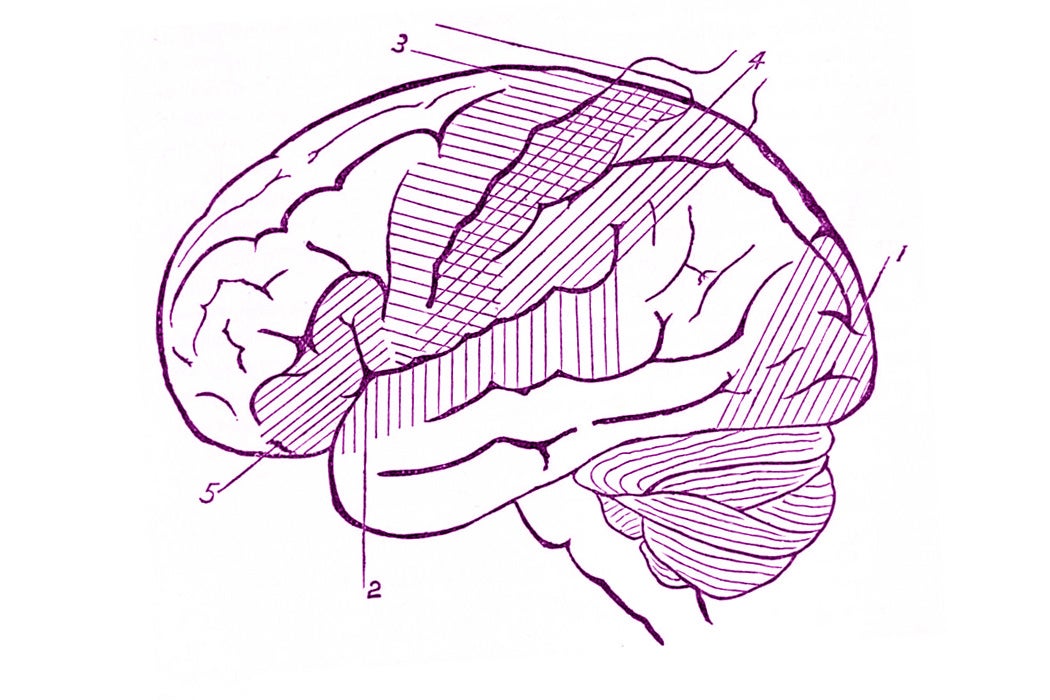By now, most people have heard of the infamous Google memo, but if you haven’t, part of the author’s argument is that women are underrepresented in technical fields due to innate characteristics, rather than social forces. There are many gender stereotypes, but what does science say? Are there actually any structural differences between male and female brains?
This argument is not new. Interest in the neurological gender divide dates back to at least the late nineteenth century. Measuring brains was a thing: several studies weighed the brains of a wide variety of individuals, likely with the intent of proving the inferiority of certain races or social classes. The authors of one 1906 study, for example, concluded that women’s brains were naturally smaller than men’s brains. Even in 1906, there was pushback. Rival researchers wrote that human brain size is typically proportional to body size. Women trend towards smaller bodies, with proportional brains. Inherent gender difference was shot down as a valid explanation of the study’s results.
Fast-forward a century to the age of advanced medical imagery and…better pictures, but basically we’re still putting brains on a scale. Imaging studies from the early 2000s of male and female brains found that different parts of the brain were relatively larger or smaller (as a percentage of total brain size) in each gender. For example, males tend to have larger frontal cortexes, the area where higher thinking occurs. Contrary to stereotype, men also have larger amygdalas, where emotional stimuli are processed. There are also size differences in the hippocampus and structural differences in the temporal lobe where language is processed.
But what do these differences actually mean? Actually, nobody can say for sure. The understanding of the brain, and exactly what the images are showing, is still in its relative infancy. Does a larger amygdala, for example, actually have any bearing on how the brain works? There’s no hard evidence that it does. Another common staple of neuroimaging studies, examining which parts of the brain “light up” in response to stimuli, are also problematic. The image is slower than the brain, so whatever is recorded by an MRI is not exactly what is happening. The lag time can cloud interpretation. There have also been problems replicating many of the studies that found structural gender differences.
So what’s the bottom line? There may be literal differences between male and female brains, but there is no evidence whatsoever that links these differences to behavior or performance. No study, even those finding strong differences, has ever found differences in cognitive ability. If women are underrepresented in any intellectual pursuit, there is no evidence—none—of a biological reason for it. This is despite more than a century of looking.
At most, different genders might use different neurological processes to solve the same problems, but reach the same result. The main utility of all these studies is possibly to more specifically target medication therapies for greatest effect.







